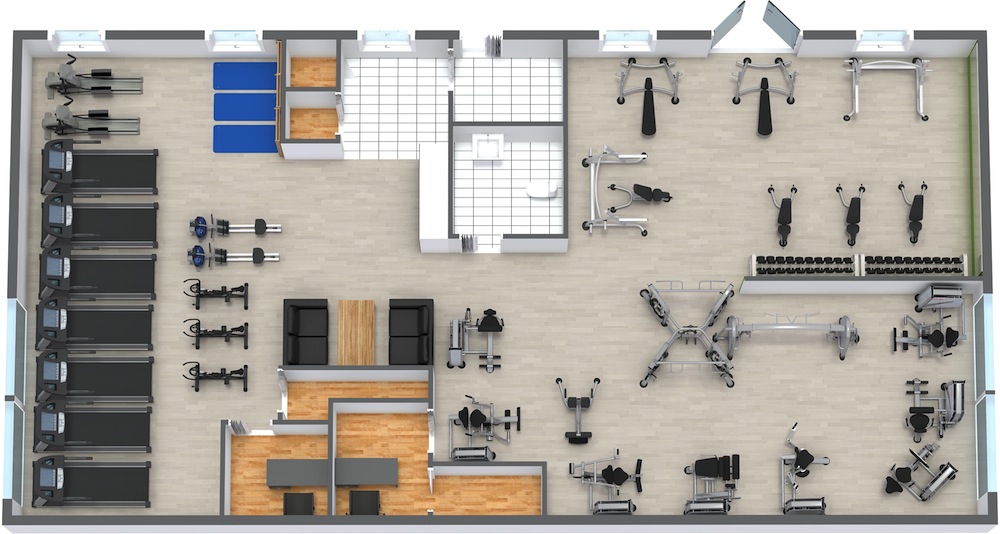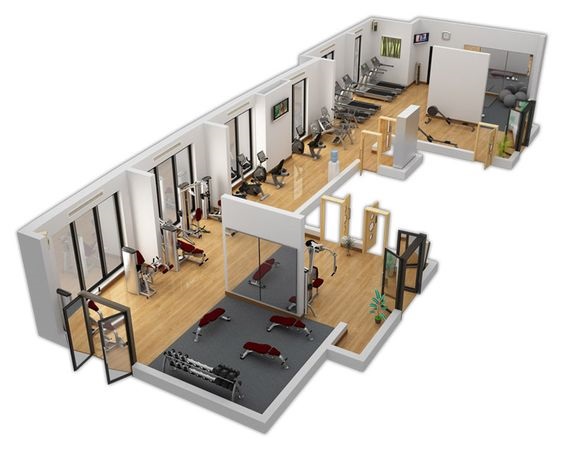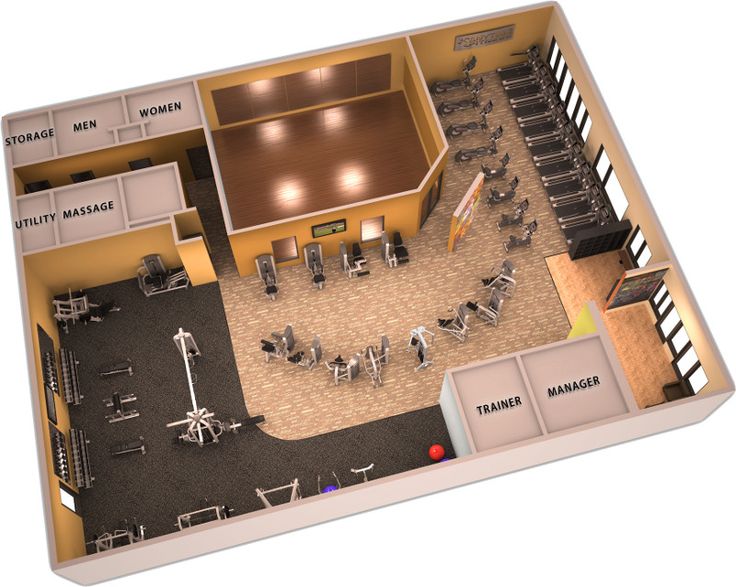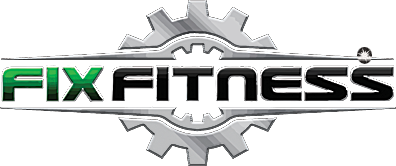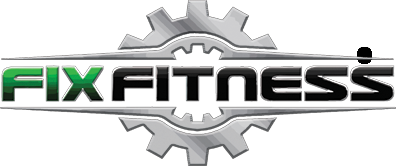


A Bay Area Premier Service Provider for your Cardio and Strength training equipment.
Tel: 925.421.0222
Tel: 925.421.0222




Copyright © 2016 by "Cimple Solutions LLC" · All Rights reserved · E-Mail: service@fixfitness.net




Fix Fitness is Glad to Present their
Completely New and Revamped
Interactive Website.
Do it Yourself Tutorials for both Repair and
Maintenence for Specific Machines Soon to be
Posted Online with Lots of Easy to Follow Images
and Videos.
Set Up Your Own Appointments
Online!
Now Customers Can Quickly and Easily Book
Their Very Own Appointments Online from the
website, with Available appointment Reminders
and Confirmations. Time Slots are Filling up Fast,
so hurry and reserve the next available time slot
for your service call now.
Fix Fitness Mobile Service is Now
serving the Major Part of the San
Francisco Bay Area.
Click below to see a
Map of the Mobile Coverage Area



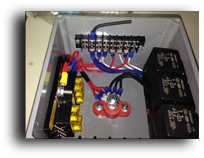
Some Things to Consider Before the Creative Minds Go to Work...
While fitness facility planners realize the importance of having the proper mix of cardiovascular and strength-training equipment to meet the needs of their exercisers, many don't realize how imperative the layout and planning of the facility can be to its success. Although liability can never be entirely eliminated in any gym, a properly designed facility will help limit it.
When designing the layout of your facility, always keep safety, functionality and comfort top-of-mind. Doing this will limit liability and ultimately give facility patrons better exercise experiences.
Many facilities include as much cardiovascular and strength-training equipment as possible regardless of safety, functionality or comfort. Crammed workout areas pose a tremendous liability to a facility because pathways become crowded, so include enough equipment to meet the needs of your patrons but don't jam equipment in too small a space.
In the cardiovascular area of your facility, televisions mounted to a wall or ceiling should be at least seven feet to 10 feet away from the user. An exerciser straining his or her neck up or to the side to view the screen could end up exercising with improper form and potentially lose his or her balance and fall off the unit. Also, if your facility has windows, make certain that the sunrise and sunset will not impair the exercisers' use of the equipment or cause a glare on the television screens.
Other very important considerations for this area are the availability of dedicated electrical outlets for each unit that needs to be plugged in and the ability to properly conceal the cords.
Whether you are developing a new facility or revamping an old one, anticipate the unanticipated. For example, today you may only have the budget for three treadmills, but a year down the road you could have the budget, and traffic, to support more. So instead of only wiring your facility with electrical outlets to sustain your current offering, plan ahead for future additions and include wiring for more units. This simple step will prove extremely cost effective when you decide to add equipment.
Once you determine the most effective location for the cardio equipment, align the units from shortest to tallest to improve facility sight lines and ensure proper spacing in the front, back and on the sides. Although no magical spacing formula exists, a safe rule of thumb is this: 18 inches or more between stationary bikes; eight inches or more between treadmills, ellipticals and stairclimbers; four feet behind bikes, ellipticals and stairclimbers; and six feet behind treadmills. Spacing is not only important for the exercisers' comfort but also for safety when entering and exiting the equipment, especially with units that have moving arms and legs.
Additionally, the strength-training area can be optimized for comfort and safety. With plate-loaded and selectorized equipment, keep muscle-specific units together for a more even traffic flow and to make the area conducive to circuit training. Similar to cardiovascular equipment, strength-training equipment should be organized by height, with the taller units up against walls and the lower units in front. Proper spacing also is important for two main reasons: Users will need room to adjust the resistance (whether it is setting a pin on a selectorized weight stack or adding/removing weight plates) and a machine's arms and legs will need adequate space to move.
The free-weight area also needs to be considered when trying to limit liability. Mirrors will help exercisers ensure they are maintaining proper form and should be used as an asset. Furthermore, the positioning of the equipment in relation to light is important. For example, a light directly above a free-weight bench could be very distracting and should be avoided. Level, nonslip flooring and an adequate amount of weight trees also are important for improving safety.
If you are unsure about your facility's design, contact Fix Fitness for assistance. An expert on staff will be able to help you design a facility with limited liability and one that will enhance your users' experiences.
While fitness facility planners realize the importance of having the proper mix of cardiovascular and strength-training equipment to meet the needs of their exercisers, many don't realize how imperative the layout and planning of the facility can be to its success. Although liability can never be entirely eliminated in any gym, a properly designed facility will help limit it.
When designing the layout of your facility, always keep safety, functionality and comfort top-of-mind. Doing this will limit liability and ultimately give facility patrons better exercise experiences.
Many facilities include as much cardiovascular and strength-training equipment as possible regardless of safety, functionality or comfort. Crammed workout areas pose a tremendous liability to a facility because pathways become crowded, so include enough equipment to meet the needs of your patrons but don't jam equipment in too small a space.
In the cardiovascular area of your facility, televisions mounted to a wall or ceiling should be at least seven feet to 10 feet away from the user. An exerciser straining his or her neck up or to the side to view the screen could end up exercising with improper form and potentially lose his or her balance and fall off the unit. Also, if your facility has windows, make certain that the sunrise and sunset will not impair the exercisers' use of the equipment or cause a glare on the television screens.
Other very important considerations for this area are the availability of dedicated electrical outlets for each unit that needs to be plugged in and the ability to properly conceal the cords.
Whether you are developing a new facility or revamping an old one, anticipate the unanticipated. For example, today you may only have the budget for three treadmills, but a year down the road you could have the budget, and traffic, to support more. So instead of only wiring your facility with electrical outlets to sustain your current offering, plan ahead for future additions and include wiring for more units. This simple step will prove extremely cost effective when you decide to add equipment.
Once you determine the most effective location for the cardio equipment, align the units from shortest to tallest to improve facility sight lines and ensure proper spacing in the front, back and on the sides. Although no magical spacing formula exists, a safe rule of thumb is this: 18 inches or more between stationary bikes; eight inches or more between treadmills, ellipticals and stairclimbers; four feet behind bikes, ellipticals and stairclimbers; and six feet behind treadmills. Spacing is not only important for the exercisers' comfort but also for safety when entering and exiting the equipment, especially with units that have moving arms and legs.
Additionally, the strength-training area can be optimized for comfort and safety. With plate-loaded and selectorized equipment, keep muscle-specific units together for a more even traffic flow and to make the area conducive to circuit training. Similar to cardiovascular equipment, strength-training equipment should be organized by height, with the taller units up against walls and the lower units in front. Proper spacing also is important for two main reasons: Users will need room to adjust the resistance (whether it is setting a pin on a selectorized weight stack or adding/removing weight plates) and a machine's arms and legs will need adequate space to move.
The free-weight area also needs to be considered when trying to limit liability. Mirrors will help exercisers ensure they are maintaining proper form and should be used as an asset. Furthermore, the positioning of the equipment in relation to light is important. For example, a light directly above a free-weight bench could be very distracting and should be avoided. Level, nonslip flooring and an adequate amount of weight trees also are important for improving safety.
If you are unsure about your facility's design, contact Fix Fitness for assistance. An expert on staff will be able to help you design a facility with limited liability and one that will enhance your users' experiences.
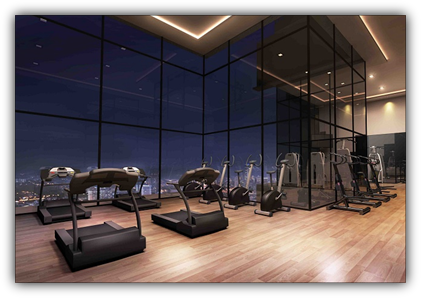


Copyright © 2016 by "Cimple Solutions LLC" · All Rights reserved · E-Mail: service@fixfitness.net







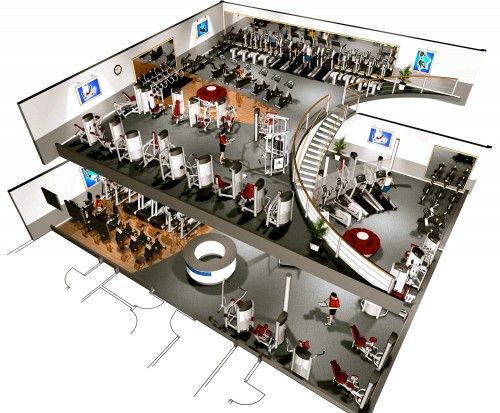
A.jpg)
